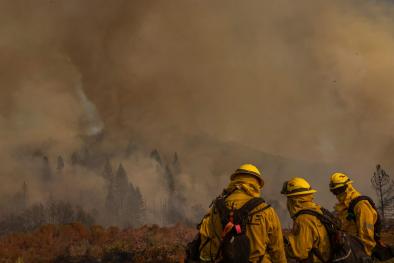Cascading Drought-Heat Dynamics During the 2021 Southwest United States Heatwave
Study key findings & significance
- Intense heat in the southwestern United States broke records during June 2021 partly because it hit in tandem with an unusually severe drought
- The study measure for the first time how the two extreme weather events dangerously interacted in real time.
Author quotes
"With more extremes happening, the possibility of an extreme drought plus a heat wave and even a fire, together, the odds are just better that it's going to happen. Understanding how a compound event can lead to a cascade where you end up in a record-shattering situation that can be really damaging for people and ecosystems is something that many climate scientists are trying to understand."
"We're not just going to see records fall, we're going to see records get blown out of the water."
Benjamin Zaitchik, co-author and professor at John Hopkins
Abstract
In June of 2021 the Southwest United States experienced a record-breaking heatwave. This heatwave came at a time when the region was in severe drought. As drought alters the surface energy budget in ways that affect lower atmosphere temperature and circulations, it is possible that the combined drought-heat event was a cascading climate hazard, in which preexisting drought exacerbated the heatwave. We apply satellite observation and numerical experiments with the Weather Research and Forecasting (WRF) model to test for land-atmosphere feedbacks during the heatwave consistent with drought influence. We find a modest positive drought-heat effect, as WRF simulations that include the drought have marginally higher air temperatures than those that exclude the initial drought conditions, with more substantial effects in wetter, forested areas. Evidence of drought-heat-drought-coupled feedbacks was similarly modest in our simulations, as accounting for drought preconditioning led to a small reduction in simulated precipitation in the region.
Related Content



